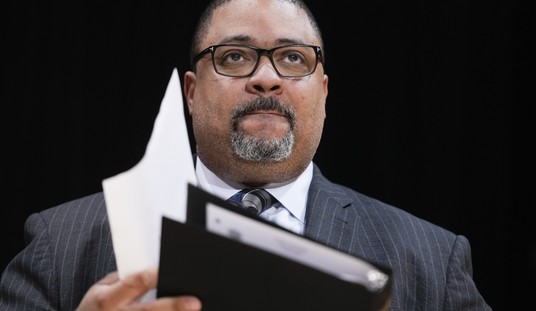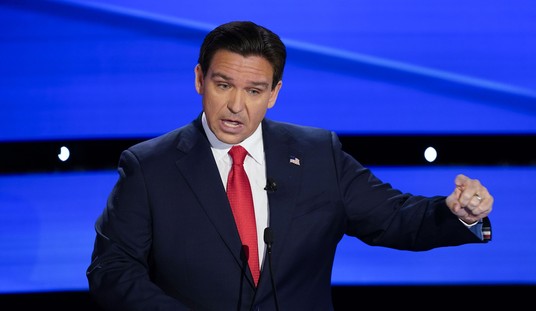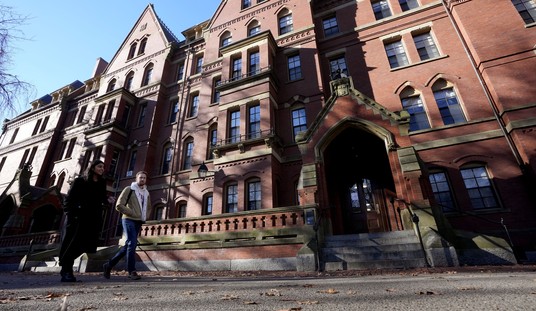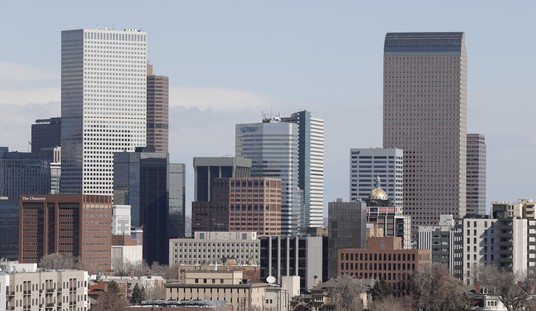Turesday night, CNBC featured the broadcast premiere of Haynesville, a documentary film by Gregory Kallenberg. The film tells of the impact of the Haynesville Shale natural gas field on the residents of DeSoto Parish, Louisiana.
I’d recommend Haynesville to everyone.
According to its boosters, the Haynesville Shale contains some 230 trillion cubic feet of gas. To put that in perspective, that quantity is roughly equal to the current proved reserves of the United States, or about as much natural gas as the country will consume over the next 10 years. It’s the energy equivalent of about 40 billion barrels of oil.
Haynesville focuses on the impact on three Louisianians in particular.
Mike Smith was an appraiser who leased his property to a company called Petrohawk. He received a “bonus check” (the cash cnsideration for entering into a lease) in the amount of $1.28 million, or 1,000 times the largest check he’d ever cashed in his career. It’s like winning the lottery, but it’s happening hundreds or thousands of times across North Louisiana, Texas, Pennsylvania and elsewhere.
Reegis Richard is the pastor of the Temple of Knowledge, an African-American congregation in Mansfield, LA. Haynesville riches have allowed the Temple of Knowledge to build a $1 million sanctuary and to renovate and reopen a dilapidated church school. All of the church’s benefits are indirect — mineral income and better jobs have enabled its members to triple their offerings.
More troubling is the story of Kassi Fitzgerald, a self-taught community activist and mineral owner representative. Ms. Fitzgerald owns 3.5 acres, but managed to organize her community, eventually negotiating for some 800 acres. The drama of the documentary turns on whether or not Ms. Fitzgerald can demonstrate title to the minerals underlying her acreage and the acreage of most of her neighbors.
As it turns out, the minerals under the “Ramblin’ Farms” acreage was leased to the Carter Oil Co. back in the ’50s. Carter Oil is now part of what is known as the ExxonMobil Corp. The original owner of Ramblin’ Farms leased to Carter under a 1950s lease, but did not convey that lease to the new owners when the property was subdivided.
If you view the film, rest assured that the environmental and water concerns expressed by Ms. Fitzgerald are largely unfounded. The parties to a 1950s lease are bound by current state and federal environmental law, not lax 1950s standards as the film implies.
I must admit that I was quite dumfounded that Ms. Fitzgerald’s friends and neighbors entrusted the negotiation of their leases to her. She did a wonderful job in holding out for lease terms — $20,000 per acre and a 25% royalty (cost-free share of production revenue) was near the top of the market.
But this was a $16 million deal up front, with hundreds of $millions potentially payable in royalties over the next several decades.
There are good lawyers who handle these kinds of negotiations every day. You pay them by the hour.
And for a few bucks, a really good lawyer might figure out a way to break that Exxon lease.
Cross-posted at VladEnBlog.















Join the conversation as a VIP Member